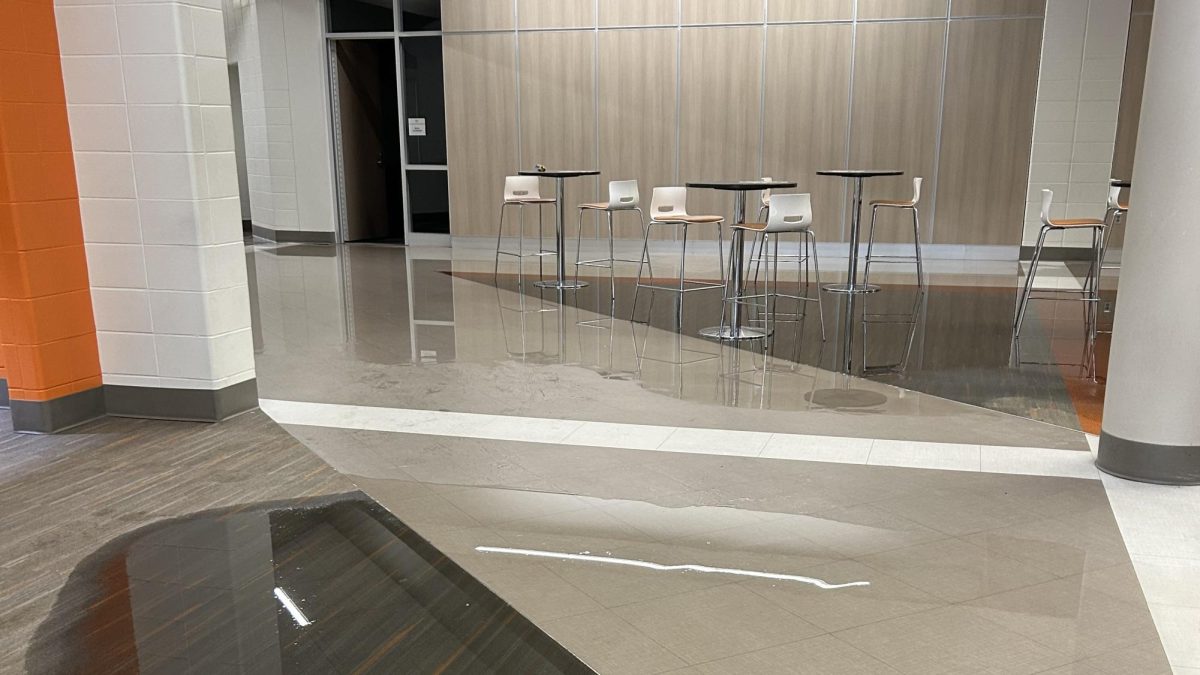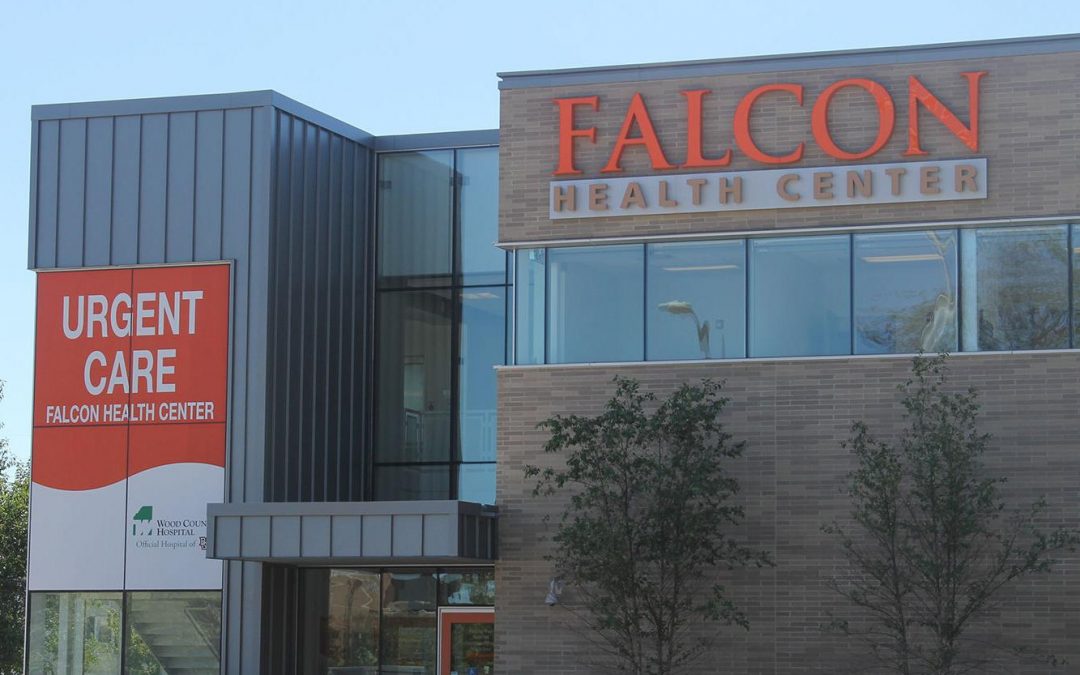Even though the cost for college has gone up substantially for the past several years at the University, it’s still comparable to the national average for college.
The College Board reported the national average for the cost of college – including tuition, room and board, additional fees and books – for the 2004-2005 school year was $14,640 for students attending four-year public colleges and universities, and $30,295 for four-year private colleges. Students who attend four-year public colleges out-of-state pay an average $21,931.
A BGSU in-state student pays $14,886 – just $246 above the national average. This amount is calculated from a few assumptions, the first being the student lives on campus in Rodgers or Macdonald Halls. It’s also assumed the student has the smallest meal plan.
With the rising expenses for colleges, is there a limit on how much students are willing to pay for a BGSU education?
As long as the University has a comparable price to a competitive university the cost won’t be a deciding factor, according to Bill Knight, director of planning and institutional research for BGSU.
“If all the schools have similar prices then the decisions will be made on other factors, like a good academic reputation,” he said.
According to a survey incoming freshman fill out every year, the rising cost of college has a minimal influence on a student’s choice to attend BGSU.
Only 24 percent of the current freshman said price was a factor in their decision, compared to 35 percent in 2003. Students have become less concerned with the price in the past two years, even though the cost has risen substantially.
The survey showed students were typically more concerned with a good academic reputation, and being able to receive a good job upon graduation – no matter the cost.
Shannon Loudy, senior, said she depends on financial aid to help her with the expenses she can’t afford by herself. But she takes this money with a grain of salt.
“It makes me feel poor,” she said. “I don’t like being forced to borrow money if I want an education, but I really have no choice.”
Last year, 67 percent of BGSU students graduated with some sort of student related debt.
Of the 60 percent of the 2003-2004 graduating class that had student debt, only 41 percent had some type of grant or scholarship to help lower this debt.
The state of Ohio put a cap of 6 percent on increases for college expenses over the past year in an attempt to steady the rising costs and continued enrollment.
But these rising costs are outside the University’s control, said Gaylyn Finn, associate vice president of Finance at the University.
“As the price of living increases so will the cost to run a university,” Finn said. “Everybody who works for the University wants to have a raise to keep up with the rising costs for gas, health care and other things.”







